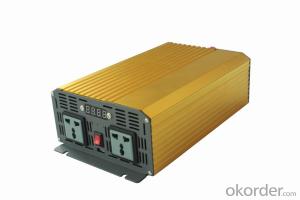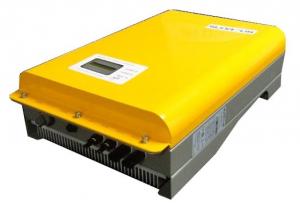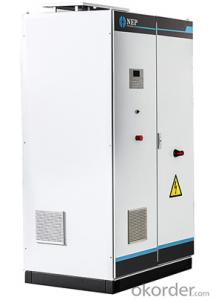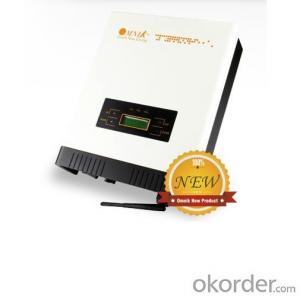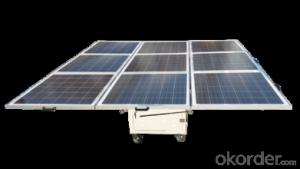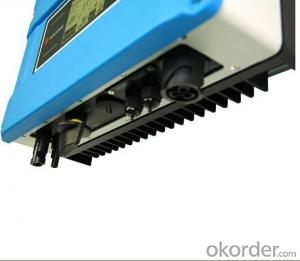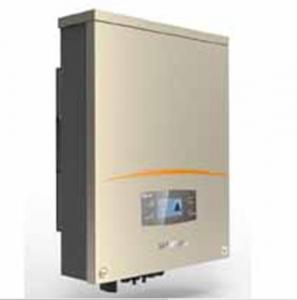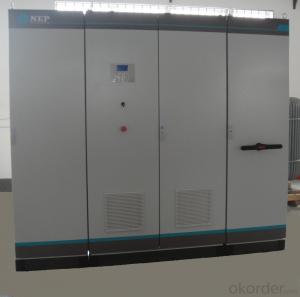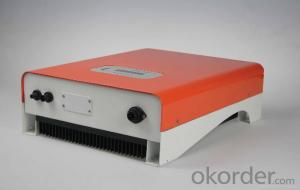T.A. Solar Inverter
T.A. Solar Inverter Related Searches
Best Solar Inverter For Rv Mini Solar Inverter For Home Solar Inverter Cost For Home Inverter For Home Solar Cover For Solar Inverter Solar Battery For Inverter Wifi Device For Solar Inverter Inverter For Off Grid Solar Hs Code For Solar Inverter Canopy For Solar InverterHot Searches
China Mppt Solar Inverter Mppt Solar Inverter Price Solar Inverter For Laptop Solar Inverter For Fridge Best Solar Inverter In China China Solar Inverter Price Best China Solar Inverter Solar Inverter Supplier In Uae Solar Inverter In Dubai Solar Inverter In Saudi Arabia Solar Inverter In Uae Solar Inverter In Kerala Solar Inverter In Nepal Solar Inverter In Burpengary Solar Inverter In Caboolture Solar Inverter In Chennai Solar Inverter In Lebanon China 220v Solar Inverter China 10kva Solar Inverter China Solar Inverter 1000kwT.A. Solar Inverter Supplier & Manufacturer from China
Okorder.com is a professional T.A. Solar Inverter supplier & manufacturer, offers integrated one-stop services including real-time quoting and online cargo tracking. We are funded by CNBM Group, a Fortune 500 enterprise and the largest T.A. Solar Inverter firm in China.Hot Products
FAQ
- A solar inverter can be repaired in many cases, depending on the extent of the damage or malfunction. However, in some situations, a replacement may be necessary if the damage is severe or the inverter is outdated.
- Yes, a solar inverter can be used for off-grid systems. In fact, it is an essential component of off-grid solar systems as it converts the DC power generated by solar panels into AC power that can be used to run appliances and devices. The solar inverter also manages the charging and discharging of batteries in off-grid systems, ensuring a stable and reliable power supply even when the sun is not shining.
- Yes, a solar inverter can be used in remote areas without access to the grid. Solar inverters are designed to convert the direct current (DC) electricity generated by solar panels into alternating current (AC) electricity that can be used to power electrical appliances. In remote areas, solar panels can be installed to harness sunlight and convert it into electricity, which can then be used through the solar inverter to provide power to homes, businesses, or any other electrical devices without the need for a grid connection.
- Yes, a solar inverter can be used in areas with high levels of electrical noise or interference. However, it is important to ensure that the inverter is designed to handle such conditions and has appropriate noise filtering mechanisms in place to minimize any potential disruptions or damage caused by the interference.
- Yes, a solar inverter can be used in a multi-string configuration. A multi-string configuration refers to connecting multiple strings of solar panels to a single inverter. This setup allows for better utilization of the inverter's capacity and can accommodate larger solar installations.
- A grid-tied solar inverter works by converting the direct current (DC) electricity produced by solar panels into alternating current (AC) electricity that can be used to power homes or businesses. It synchronizes the AC electricity it generates with the electrical grid, allowing excess electricity to be sent back to the grid for credits or future use. This inverter also monitors the grid's voltage and frequency to ensure the solar system operates safely and efficiently.
- Solar grid inverter does not merge into the grid, direct access to the load to the load power supply?
- The solar grid-connected inverter is not connected to the grid and can not be directly connected to the load to supply power to the load because there is no voltage.




